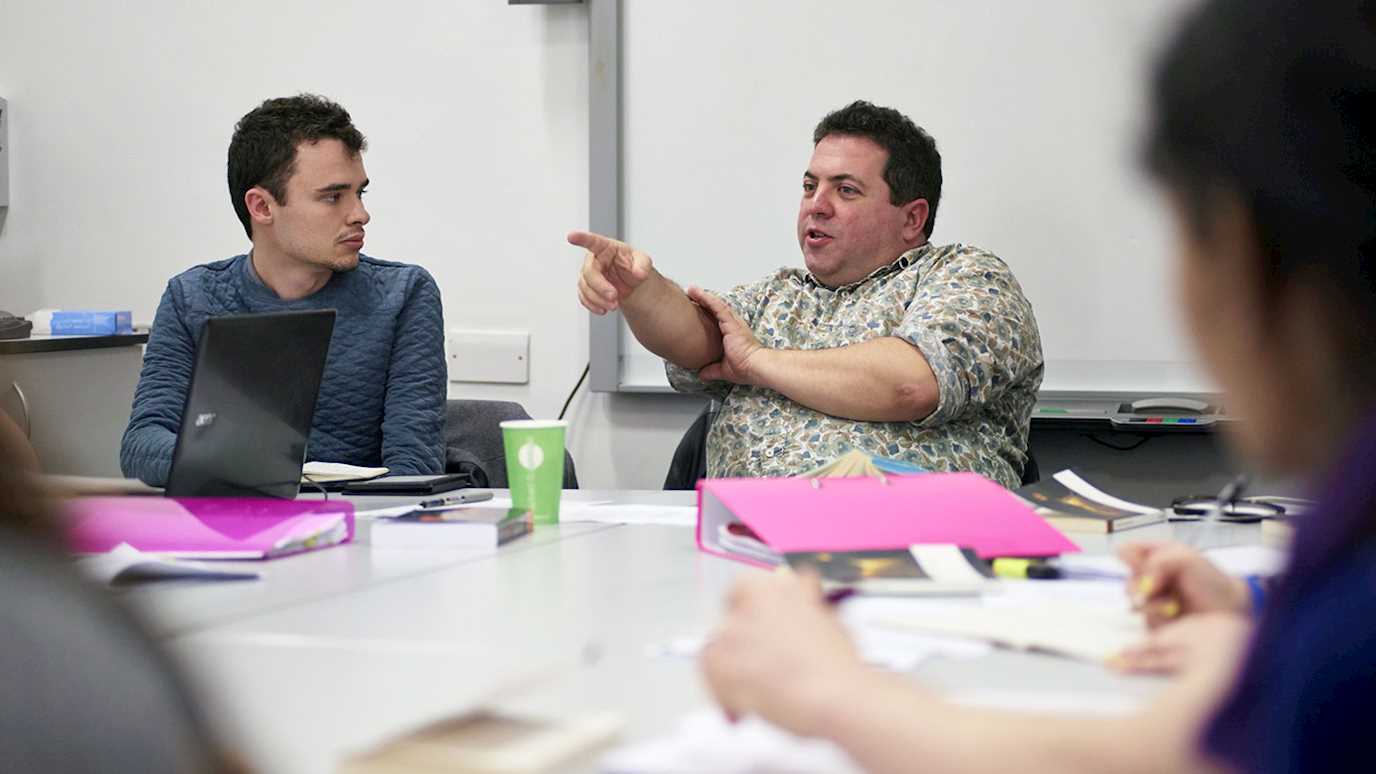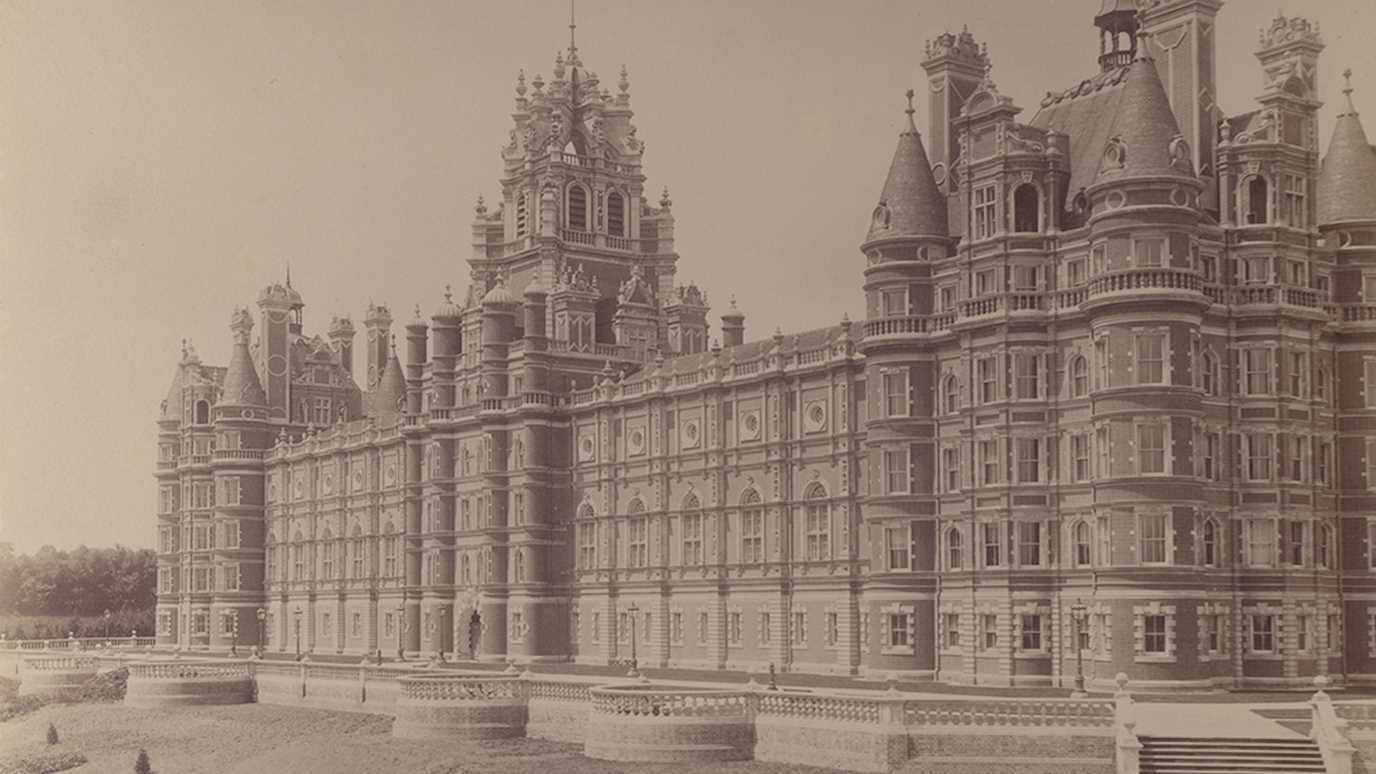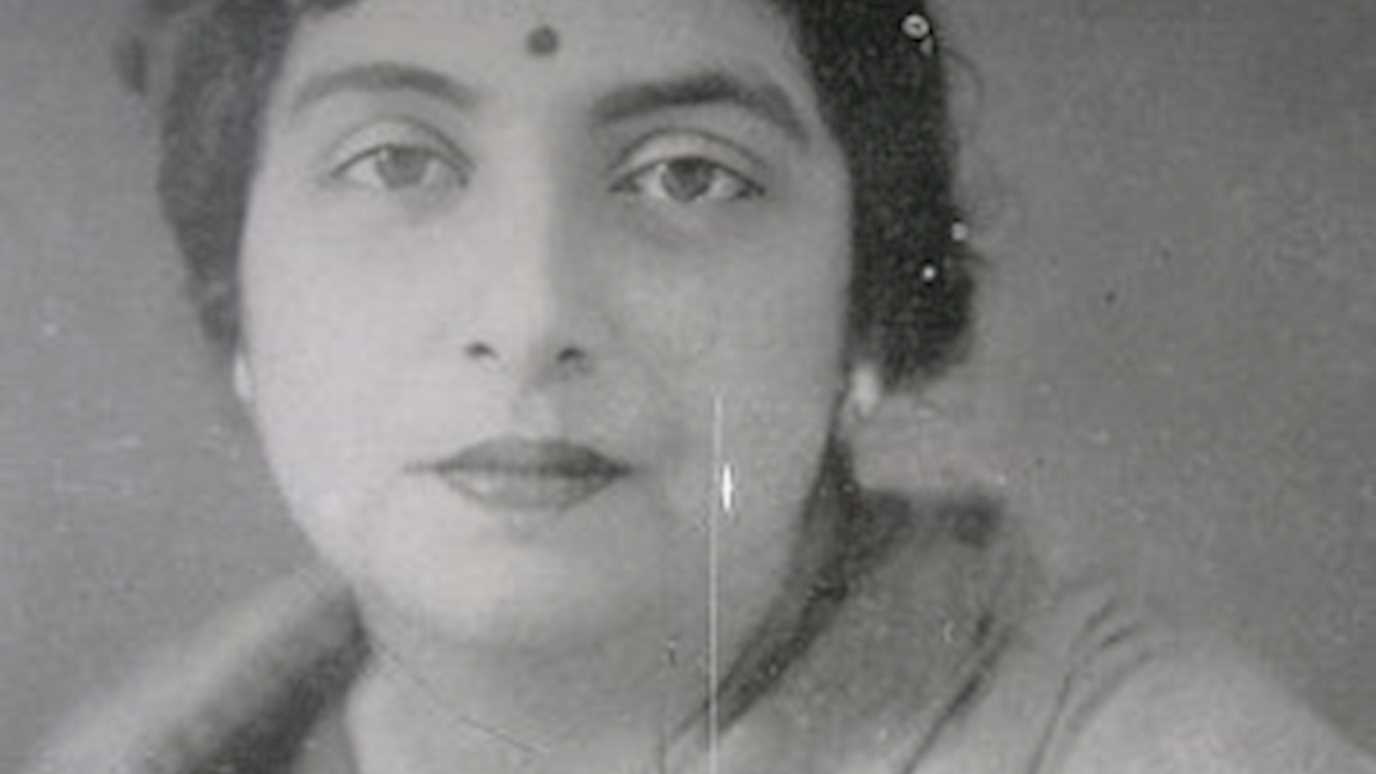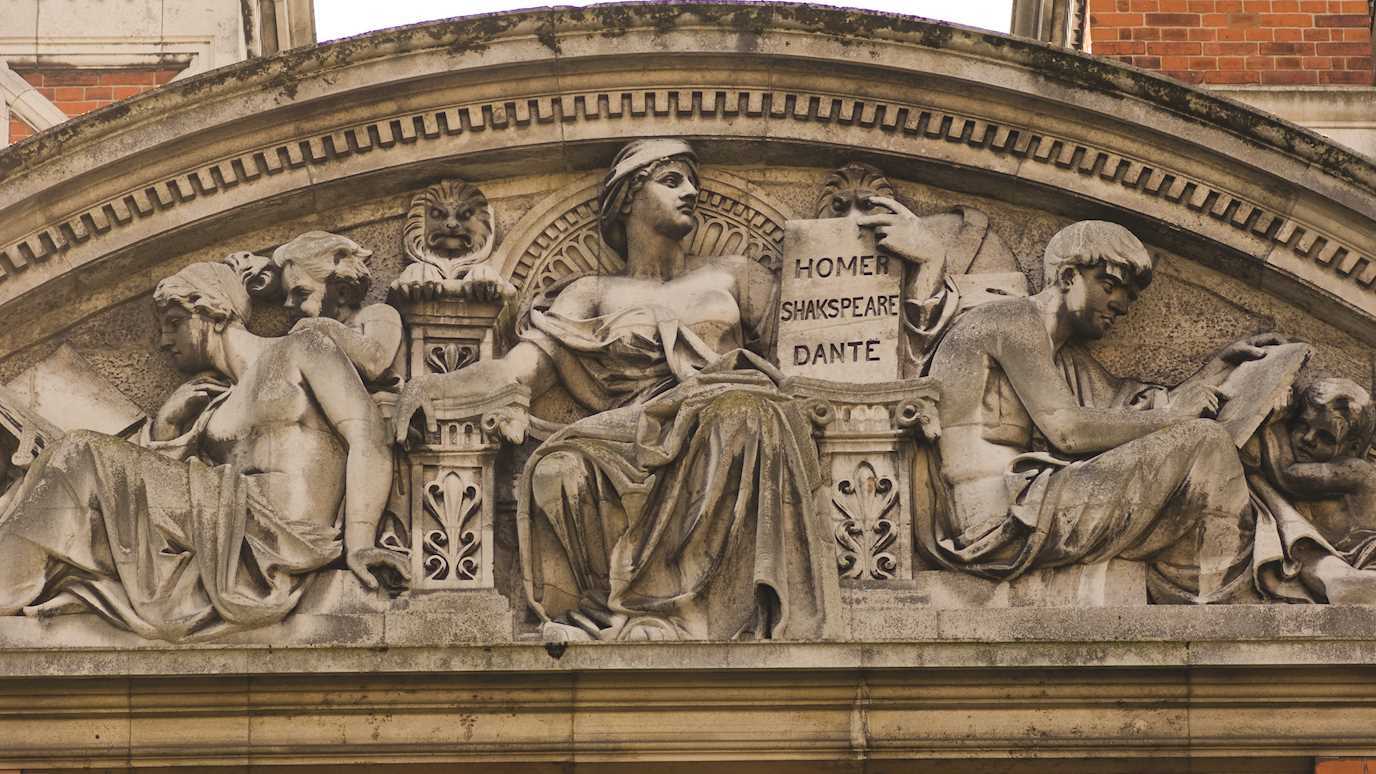Digests written by Neville Mogford
Stephen Greenblatt, ‘Shakespeare and the exorcists’, in Shakespearean Negotiations (Berkeley: University of California Press, 1988)
In the last few decades of the sixteenth century, a wave of demonic possessions and exorcisms swept across England. These were staged by charismatic preachers of both religious denominations, such as the Puritan clergyman John Darnell in the 1580’s and 1590’s, and the underground Jesuit priest William Weston until his imprisonment in the mid-1580’s. In response to the activities of Weston, Darnell and others, the bishop of London and future archbishop of Canterbury, Samuel Harsnett, wrote his book A Declaration of Egregious Popish Impostures by order of the Privy Council in 1601. An expose of the fraudulent nature of such rituals of exorcism, Impostures has long been identified as a source for many of the words and phrases spoken by Edgar as Poor Tom in King Lear. Taking this relationship between the two texts as his starting point, Greenblatt’s chapter aims at demonstrating how this involves much more than a simple borrowing from one by the other.
In Impostures, Harsnett needed not only to show that the rituals of exorcism were frauds, but also to explain how they could be such effective frauds. In order to do this, he turned to the theatre as his model. Exorcism, Harsnett argued, is a special type of theatre which, unlike conventional theatre, doesn’t acknowledge itself as theatre. Now, according to Greenblatt, Shakespeare had identified this link between the theatre and the rituals of exorcism well before the publication of Impostures. Greenblatt points out the possession ritual in the Comedy of Errors (1590), and demonstrates that by the time of the mock-exorcism in Twelfth Night (1600), Shakespeare had clearly identified possession and exorcism as examples of fraud. This interest in the fraudulent reaches its apotheosis in KingLear (1606), where Shakespeare turns to Harsnett as a source not for the authenticity of Poor Tom’s speech, but to foreground the inauthenticity of theatre: Lear ‘stages not only exorcism, but Harsnett on exorcism.’
When Edgar stages Gloucester’s suicide attempt, he is acting as an exorcising priest might to a believer in the presence of sceptics. Blind Gloucester’s experience is one of awe and wonder at the experience; the audience, aware of the theatricality of the theatre, see only empty rituals and beliefs. In such a way, the supernatural causes of evil are dismissed, and only the human causes remain. But Greenblatt also argues that this is not the whole picture. The use of Shakespeare’s borrowings from Harsnett undermine the centralised religious authorities whom Harsnett is writing on behalf of. For example, Edgar, the ‘priest’ who stages possession, does so for thoroughly laudable reasons, whereas Edmund is sceptical of the efficacy of the supernatural from his opening soliloquy onwards. Likewise, the noble, blinded Gloucester, is actually reinvigorated by the fraudulent ‘suicide’ performance.
According to Greenblatt, when supernatural rituals are revealed to be ineffective in Lear, we come to realise that human suffering arises from human, rather than demonic, causes. Nowhere is this more evident than in the death of Cordelia. We are invited to share Lear’s misplaced optimism that his suffering might offer a chance that Cordelia might live, ‘a chance which does redeem all sorrows / that ever I have felt.’ But our ardent will to believe in a miraculous rebirth is proved wrong by events; unlike medieval mystery plays, which dramatised Christ’s miraculous resurrection, Lear’s sorrows are not redeemed and no one rises from the dead. Thus, Greenblatt claims that Shakespeare reconstitutes theatre itself as an artistic form purged of its old, medieval religious aspect. This fits in well with Greenfield’s (rather controversial) idea of early modern exceptionalism, as a clear break (or ‘swerve’ away) from a monolithic middle ages.
Kiernan Ryan, ‘Shakespeare's inhumanity’, Shakespeare’s Survey 66: Working with Shakespeare (2013): 220-231.
Although Harold Bloom’s contentious claim that Shakespeare ought to be credited with ‘the invention of the human’ is perhaps the most well-known idea to arise in Shakespearean studies for the past thirty or more years, very recent trends in literary criticism (and, in particular, ecocriticism) have led some scholars to concentrate on the relationship between the human and the non-human in renaissance drama. Taking his cue from this critical movement, Ryan’s focus is not only on the humanity, but also the inhumanity, of Shakespeare’s theatrical work.
Inhumanity, Ryan claims, is not only a thematic aspect in Shakespeare’s works, but also a disconcertingly central element in Shakespeare’s larger dramatic vision. He finds examples of this vision in the overblown violence in Titus Andronicus, the gleeful cruelties of Richard III, Shylock’s diabolical barbarism, Hamlet’s lack of regret at his accidental slaying of Polonius, and the various malefactions of Iago and the Macbeths. In the case of King Lear, Ryan considers on the blinding of Gloucester, and asks why the audience should be compelled to witness such a horrific act? After all, Cordelia’s hanging does not lose much horror from taking place offstage. Likewise, why does Shakespeare show absolutely no mercy to the audience’s hopes, by staging a finale that involves the cruel deaths of all but three of the play’s protagonists?
Ryan’s explanation is that these are not only done to elicit the audience’s compassion for these characters’ fates, but also to set up a contrast between the ruthlessness of nature and the ruthlessness of man. The sadistic indifference of Regan and Cornwall to Gloucester as they pluck out his eyeballs might be seen as the hallmark of the inhuman act. On the other hand, the universal indifference which nature has for the fate of humanity, as typified in the final scene, is actually a confirmation of what it means to be human. The universality of death, Ryan contends, is a very Shakespearean idea which affirms man’s humanity in the face of the inhuman. This is, of course, open to dispute: the memento mori (‘in the remembrance of death’) motif is exceptionally common in late medieval and renaissance art. But, for Ryan, the contrast between the human and inhuman in Shakespeare’s plays reveals ‘at the heart of inhumanity the prospect of a time when the dream of human equality has at last become a universal reality.’
G. Wilson Knight, ‘Chapter Eight’ in The Wheel of Fire (London: Routledge, 2001), pp. 175-200.
Wilson’s classic essay takes for its subject the many, often apparently irreconcilable, incongruities in King Lear’s tragi-comic narrative. How, he asks, can the play, oscillate at every moment between bathos and pathos, between the fantastic and the absurd, and between horror and laughter?
The cruel events of Lear arise, according to Knight, from an absurdly minor domestic quarrel, the product of Lear’s deluded sentimentality towards two daughters, who do not reciprocate such feelings. In doing so, all the regal posturing of the king disguises an absurd childishness. Lear only becomes aware of the import of his actions, and the falseness of his beliefs, through a tragically comic process of madness, where hard experience and the passions collide.
The potential for humour in Lear’s behavior is recognised by both the Fool and Edgar (as Poor Tom). The fool’s humour is not aimless, but is instead employed to save Lear’s reason, by helping him to understand events which are otherwise incompatible with his beliefs, such as his belief in his daughters’ love for him. Once the Fool has broken Lear’s foolish beliefs, and thus his sanity, Edgar’s apparent insanity allows Lear to recognise his own insanity, and thus to begin to see the world clearly. In this process, we first find laughter (III, iv.) and then a ‘noble anger’ which moves from the terrible to the ridiculous (III, vi).
This constant juxtaposition of the fantastic and the absurd is echoed, and exaggerated, in the Gloucester narrative. The excess cruelty of his blinding is a form of horrific comedy, evincing a disgusted laughter even in his torturers: ‘Let him’ sneers Regan, ‘smell / His way to Dover.’ Likewise, the cruel physicality of Gloucester’s absurd suicide attempt echoes the absurdity of Lear’s mental cruelties. And Knight finds similar incongruities in all of the protagonists’ behaviour. Even the basest villainy is rendered comically tragic: the repentant Edmund perishes with his command to spare Cordelia unfulfilled, and the two unloving sisters die on account of his unrequited love. Of course, the play ends with that most awful joke of all: Cordelia’s degrading death at the very moment in which Lear recovers his sanity.
Finally, according to Knight, Shakespeare is not simply interested in the painful realisation of nature’s capriciousness (‘As flies to wanton boys we are to the Gods...’), but also the stoic laughter that this engenders. Nowhere is this more evident than when a grieving Edgar remembers his father’s final emotions in the face of death: ‘twixt two extremes of passion, joy and grief, / Burst smilingly.’
Stephen Greenblatt, ‘The cultivation of anxiety: King Lear and his heirs’, in King Lear: Contemporary Critical Essays, ed. Kiernan Ryan (London: Macmillan, 1993), pp. 158-79.
In the manner that has become characteristic of the New Historicist movement, Greenblatt opens with a situation which at first sight does not appear particularly relevant to the subject of the essay. The Rev. Francis Weyland, we are told, was a mid-nineteenth century American clergyman who wrote a well-known magazine article on childrearing. In this, Weyland explained how he ‘subdued the temper’ of his fifteen month old son by demanding the son’s voluntary submission to his feeding ritual, a trial that involves inducing the child’s anxiety through certain childrearing techniques which we could consider cruel today (and indeed were considered cruel by many of Weyland’s contemporaries). Greenblatt’s contention is that this is a much later, bourgeois version of Lear’s love test of his daughters, and that both are the consequence of a number of historicised anxieties in society. Lear’s love test is, then, a historically specific technique of child-rearing.
Greenblatt points out that youths of Cordelia’s age-group, between sexual maturity in the mid-teens and social maturity at about 26, were under considerable cultural scrutiny in the early 1600’s, and that this scrutiny focused on a woman’s transition between her parent’s and her husband’s guardianship. This transition involved the transference of love and power, as well as property and wealth. During this transference, the father might feel some anxiety at the possibility that he would no longer be the object of his love. In such a way, we can understand Lear’s desire to be the object, perhaps the sole object, of his daughter’s affections.
This anxiety can be extended to property too. The transference of property as part of a marriage dowry could be a very strong source of anxiety, particularly among small landholders, who often made dowries subject to contractual agreements that prevented them from being displaced by an ungrateful daughter and a ruthless son-in-law. This fear of displacement and eviction, Greenblatt claims, is played out in Lear’s being turned out of doors, and in his search for food and shelter amidst the tempest.
The basis of Lear’s royal authority involves yet another kind of anxiety. Early modern royal power, at least according to Greenblatt, proceeded from a series of anxieties, not least of which was that caused by the gap between royal claims to omniscience and the actual, flawed, person of the monarch. Royal power involved its subjects pretending and performing as if this gap did not exist, covering it up with the language of love and blandishments, even though the gap itself was perfectly obvious. Thus, Greenblatt suggests that Lear uses the love test to banish his own royal anxiety by cultivating the anxieties of his daughters. The consequence is that Goneril and Regan understand that Lear’s requirement for love involves a performance; Cordelia, on the other hand refuses to misrepresent her love through performance, and is in turn rejected as unloving.
A number of themes emerge from Greenblatt’s essay which are characteristic of his work elsewhere. Firstly, his interest in Lear’s desire to cultivate performance in his children is part of his wider interest in ‘fashioning’ and ‘self-fashioning,’ i.e. how we present ourselves and our associates to others in the public sphere. Secondly, he is interested in the boundaries between the private and the public sphere. He argues that early modern ideas about public life were actually spoken about in terms of familial relations, and that social life outside of the family was conceived as an ‘interlocking series of patriarchal authority.’ In such a way, whilst we might see child-rearing as a rather private affair, in Lear it takes place in the open, as the distinction becomes blurred between ‘private’ family affairs and the public affairs of state.
Coppélia Kahn, ‘The absent mother in King Lear’, in King Lear: Contemporary Critical Essays, ed. Kiernan Ryan (London: Macmillan, 1993), pp. 92-113
In this essay on the shadowy figure of Lear’s queen (mentioned only once, in II. iv. 131-3), Kahn combines psychoanalysis, feminist criticism and social history to account for why such a character should be so conspicuously absent from Shakespeare’s play. Kahn’s answer is that the narrative of Lear’s tribulations are grounded in the absence of a mother figure and the repression of the feminine, and that these grounds comprise a well-disguised ‘maternal sub-text.’
According to Kahn, Lear’s desire in the opening scene is two-fold: absolute control over his daughters, and absolute dependence on them. He adopts a position similar to the pre-Oedipal child, who, lacking a biological mother, seeks maternal presence elsewhere. At first he seeks this mother figure in his daughters, and when their actions prove this impossible, he re-enacts a childish rage against them, first against Cordelia, and later against Goneril and Regan. Kahn believes that this may have something to do with the trauma caused by from moving from wet nurse to mother, which was the typical parenting practice for the Elizabethan and Stuart ruling classes.
In his madness, Lear learns to let the power of feminine presence into his world. He finds himself adopting characteristics which early modern society associated with the feminine, such as hysteria (‘...how this mother swells upward toward my heart! / Hysterica passio.’ II, iv.56-7) and tears, processes brought about by his hysterical projections of rage at being deprived of maternal nurture.
By the time that he meets again with Cordelia, Lear’s progression through his masculine identity crisis has been completed. The tears that bind him ‘upon a wheel of fire’ in the penultimate scene are ‘the tears of ashamed self-knowledge at his own childish demands.’ He can recognise Cordelia not as a potential mother-figure whose identity is with that of the pre-Oedipal child, but as a separate individual to her: ‘I think this lady / To be my child Cordelia.’ But at the same time, the entirely pure Cordelia is equally a product of infantile fantasy, and this threatens to bring about a new crisis. However, her untimely death prevents this relapse, and affirms her final, absolute separateness from him.
Jan Kott, ‘King Lear or Endgame’, in Shakespeare Our Contemporary (London: Norton, 1974), pp. 100-133.
Whilst Samuel Beckett, argues the late Polish critic, Jan Kott, typifies the post-war movement toward a ‘theatre of the absurd’ and of the ‘grotesque,’ we might also find a Beckettian analogue some three-hundred and fifty years earlier, in King Lear. As he points out, whilst the play transferred reasonably well to the Romantic stage in the form of a tragic melodrama between nature and man, it is only in the middle of the twentieth period that King Lear truly found its home alongside the work of Brecht, Beckett and other non-realists. It is easy to see why the play might not quite work in the realist tradition: Lear, the king who cannot see the obvious, is hardly a model of psychological verisimilitude.
King Lear, for Kott, is a grotesque plot set in a tragic world. In tragedy, according to Aristotle’s notion, a man experiences peripeteia (‘a change in fortunes’), and his heroic but unsuccessful struggle against his inevitable overthrow induces catharsis (‘purifying or renewing the emotions’) in the audience. And indeed, the predominant setting of Lear is amidst nature, the tragic background of the tempest that no man can stand against. But in Lear, unlike in other works of renaissance tragedy, we find that appeals to nature, the gods and history are useless; there is simply no meaning for the terrible events that arise, other than some kind of absurd and apparently random mechanism, which Kott calls the grotesque.
Kott tells us that ‘tragedy is the theatre of priests, grotesque is the theatre of clowns.’ Gloucester’s suicide, for example, can only have meaning if there are gods, fate, or some form of providence. But the act is simply absurd: it is a pointless piece of illusion on an empty stage, which achieves nothing, and solves nothing.
Kott denotes the tragic and grotesque elements of King Lear as ‘Macbeth’s stage’ and ‘Job’s stage.’ On one side, we have the man who brings about his own ruin; on the other, we have the man who is helpless in the face of ruin. But, in this circus of the tragic and the absurd, only the Fool stands apart from both stages, launching his absurd humour without abandon and at all sides. The Fool knows that he is a fool: ‘he is the first fool to be aware of the fool’s position.’ But he also knows that he cannot win, rejecting every ideology, and finding no solace in order, nature or his own stoicism; among his first words to Lear are: ‘They'll / have me whipped for speaking true, thou'lt have / me whipped for lying; and sometimes I am whipped / for holding my peace’ (I, iv.182-5). And when the Fool departs, it is Lear, the ridiculous and disgraced king, who crosses over to the position of the fool. ‘Madness,’ according to Kott’s existentialist reading, ‘is in King Lear a philosophy.’
Kiernan Ryan, ’Introduction’, ‘The Play in Performance’ and annotated ‘Further Reading’, in King Lear (London: Penguin Classics, 2015).
Frank Kermode (ed.), Shakespeare: King Lear: A Selection of Critical Essays, revised edn (Houndmills: Palgrave Macmillan, 1992).
Kiernan Ryan (ed.), King Lear: Contemporary Critical Essays (Houndmills: Macmillan, 1993).
Harry Berger, ‘King Lear: The Lear Family Romance’ and ‘Text against Performance: The Gloucester Family Romance’, in Making Trifles of Terrors: Redistributing Complicities in Shakespeare (Stanford: Stanford University Press, 1997).
Andrew Hiscock and Lisa Hopkins (eds), King Lear: A Critical Guide (London: Continuum, 2011).

























